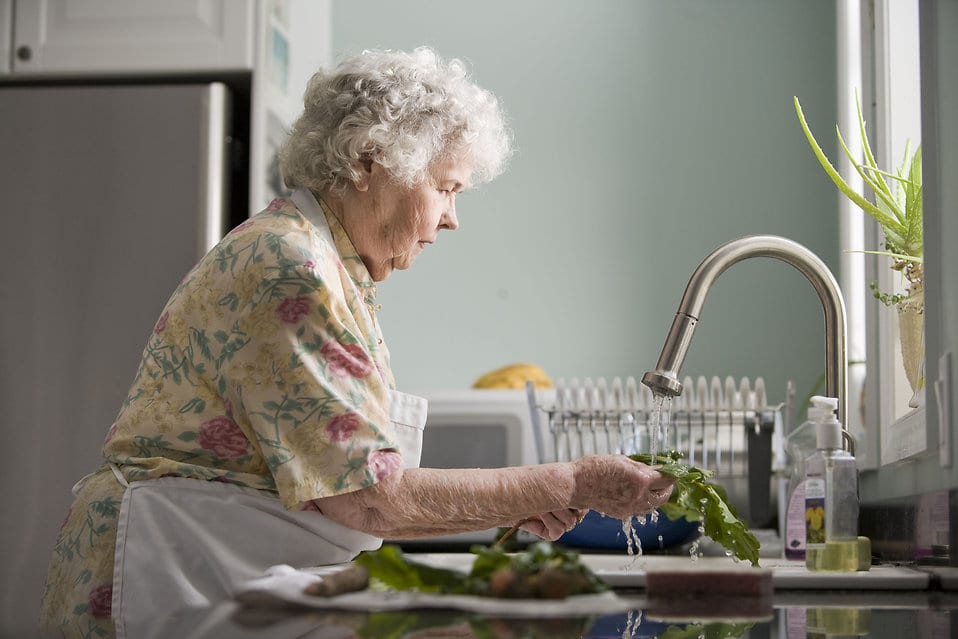
The forthcoming 2018 Federal Budget must address growing challenges in Australia’s beleaguered elderly home-care sector, according to advocacy group Greysafe CEO Mike Cahill today.
“There are an estimated 103,000 older Australians lingering in the national queue for home-care packages.
“More than 60,000 have no package at all, and around 40,000 have a lower-level package than they actually needed,” he said.
“We believe part of the problem is that many older Australians and their families don’t understand that they can reduce the money they are spending on the administration of their home care package and tailor it towards purchasing more of the care services they actually need.”
Mike Cahill said the Federal Government needed to allocate money in the upcoming budget to fund an awareness campaign and for hiring of independent, accredited aged care advisers to help educate older Australians about how to get the best out of their
home-care package.
“One solution for older Australians to be able to better access at home care services could be to receive guidance and advice from a pool of government subsidised, trained and accredited independent advisers to help them access more care services,” he said.
“Home-care assistance allows older Australians to live in their own homes and provide everything from cleaning and shopping through visits from a nurse to social interaction.
“Residential aged care should be seen as a last resort due to the social and financial impact on individuals and the system itself.
“Our feedback shows the problem may not always be the level of package, but consumer’s lack of awareness and understanding of the amount of individual funding they have and the various fees that Home Care Providers are charging for administration of the funding and case management.”
Many are paying high administration fees, while also paying a lot for case management they are not receiving or may not need. More informed consumers are doubling the hours of care and support from the same Home Care Package funding amount, but sadly this is currently the minority.
Home-care packages include: Basic care at around $8000pa; low-level care around $14,500; intermediate around $32,500; and high-level care at around $49,500. The yearly subsidy is paid by the government to a provider chosen by the individual.
Aged Care Minister Ken Wyatt has blamed the current situation on budget pressures and his agency underestimating skyrocketing demand as more and more adult Australians join the ranks of the elderly
Last February, the Federal Government launched reforms designed to give consumers control over their packages. The Government said it was only then it realised demand was soaring.
Before the changes, older Australians applied for home-care packages with individual providers. There were literally hundreds of waiting lists across the country.
The waiting lists continue to grow and are showing no signs of slowing.
In just six months, from April to October last year, the queue reportedly grew by more than 22,000 people.
The aged-care budget is $18.6 billion this year. Most of that goes to residential care, with about $2 billion spent on home-care.
Well said Mike.
International figures suggest that only about 12% of prospective residents and their families actually use and understand web based data when making choices. They get confused and turn to local sources for help. These are in short supply and without data depend on information from providers looking for business. This applies to both home and residential care. It is important that the local services you suggest be well informed about what is happening with providers in the community.
Available data shows that in the USA, the UK and Australia centralised regulation and oversight that visits occasionally has been ineffective in identifying failures in services and in informing/advising the vulnerable and confused people needing care. It has failed repeatedly.
Central data in those countries that collect it is valuable for a multitude of reasons and informed advisors can use it but it is often self-reported and its accuracy can be problematic. There is a need for more regular but non-intrusive oversight within communities and nursing homes so that good knowledge is available locally.
For at least 8 years Aged Care Crisis has been writing submissions pressing for regulation to be centred on an empowered local community visitor’s scheme which is unobtrusively on site in nursing homes more often, and is talking to recipients and families in the community so knows what is happening across the sector. It should be accountable to the community and work closely with those advising residents so they are well informed.
Empowered visitors schemes have been very successful in disability and other sectors in Queensland and Victoria and these are community focused. Those doing it in these states have made submissions and spoken at parliamentary hearings urging federal government inquiries to recommend it for aged care.
The empowered visitors scheme failed in South Australia (Oakden) because the visitors scheme dealt only with providers and did not talk to families and community. It was 6 years before they did so and were told what was happening – then they acted.
One of our members had been a visitor in Victoria where it worked and this is what inspired us to press for this.
Accreditation data shows that only 14% of problems are detected by accreditation visits. The remainder are detected when they are alerted to the possibility of a problems by risk assessment (12%) or an outside source (74%). Local visitors talking to nurses and families and checking up on issues would be an effective early warning system for the regulator so making central regulation and oversight far more effective. It would make it much easier for residents and families to tell someone of their concern without fear of retribution.